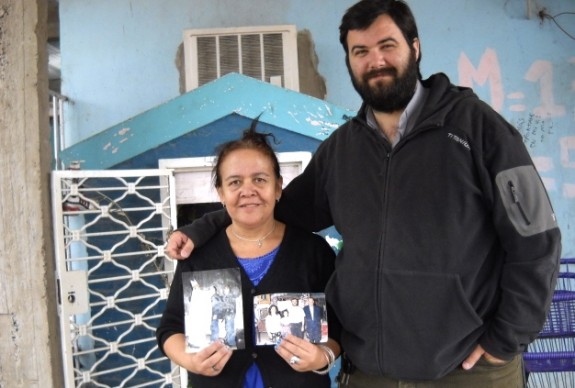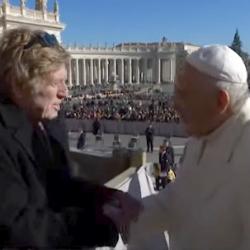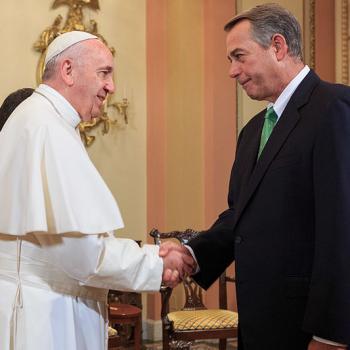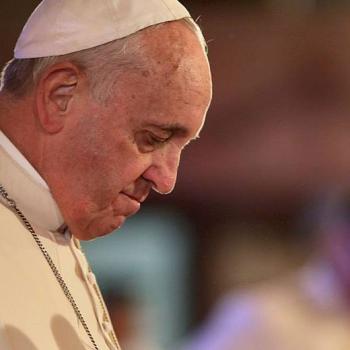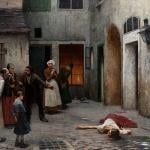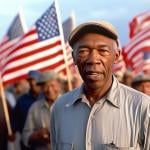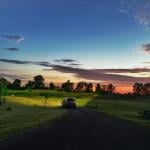Another fascinating dispatch from John Allen, continuing his visit to the pope’s homeland:
In Argentina, they say that if you want to understand the priestly soul of Jorge Mario Bergoglio, then you have to know the villas miserias, literally “villas of misery,” meaning the slums in Buenos Aires where the poorest of the poor are found.
According to Fr. Juan Isasmendi, who lives and works in one of the villas, this is where the future Pope Francis filled his lungs with the “oxygen” he needed to think about what the church ought to be.
There are roughly twenty of these slums in Buenos Aires, often just a block or so away from gleaming high-rise office towers and luxury apartment buildings. Bergoglio’s pastoral revolution was to hand-pick a cadre of especially strong, dedicated priests not just to visit the villas but to live and work here, sharing the lives of the people down to the last detail.
The aim was to make the faith come alive, preaching and celebrating the sacraments while also turning the parish into a comprehensive social service center – fighting drugs and violence, educating the young and taking care of the old, providing job training and even community radio to give the people a voice.
Those who know his mind best say Bergoglio wanted to send a message to the villas: Even if politics and the economy have forgotten about you, the church hasn’t.
If that sounds abstract, here’s a piece of what it means in practice.
Argentina is currently being ravaged by a wave of addiction to what’s known as paco, a cheap drug made from the residue left behind after cocaine has been processed for sale in the United States and Europe. Paco is low-grade, toxic, and often mixed with junk such as sulphuric acid, kerosene, rat poison, even crushed glass. It’s incredibly addictive and destructive of the user’s personality; one doctor here says it turns people into “Neanderthals,” another the “living dead.”
Because it’s cheap and readily available, poor youth with no job and no future are easily tempted. In general, parishes are the only places where a real alternative seems to be on offer.
Melchora Lescano, a mother and grandmother who lives in the villas, put it this way: “For our kids, it’s either the parish or it’s paco … that’s it.”
On Saturday, I spent the morning in what’s called “Villa 21”, the largest slum in Buenos Aires with a population of almost 50,000 people. (It’s perhaps appropriate, given how anonymous the people who live here can sometimes seem, that most of the villas have numbers rather than real names.)
The beating heart of Villa 21 is the parish of the Virgin of Caacupé, named for Mary as the patroness of Paraguay, because most of the people living here are poor immigrants from that country.
Bergoglio’s option for places such as this wasn’t notional, a matter of a few lines in a pastoral plan. It took flesh and blood in his penchant for walking the streets, talking to the people, leading them in worship and standing with them when times were tough.
On a dare from a friend, I stopped a woman at random and asked if she had met Bergoglio. She scuttled into her tiny shack made of tin and wood, emerging with two prized photos: One showing him as a young auxiliary bishop with her family in the early 1990s, another with him as cardinal confirming two of her cousins.
Photo: National Catholic Reporter

